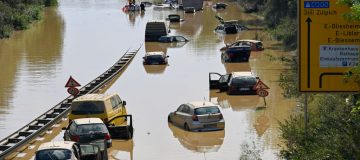The holiday was granted only to head office employees, so all Nike staff in shops and other offices will have to carry on working as normal

Nike Inc has given an extra week off to office staff at its US headquarters, while UK unions have called for more bank holidays.
The athleisure designer let its Oregon workers take time off until next week “to unwind, destress and spend time with your loved ones" after a tough year, head of insights Matt Marrazzo posted on LinkedIn.
READ: Bumble closes for a week to help employees with workplace stress
“In a year (or two) unlike any other, taking time for rest and recovery is key to performing well and staying sane. This past year has been rough - we're all human! and living through a traumatic event!,” he said.
“It's not just a "week off" for the team... it's an acknowledgement that we can prioritize mental health and still get work done.”
However, all Nike staff in shops and other offices will have to carry on working as normal.
The move comes after similar initiatives from dating app Bumble Inc (NASDAQ:BMBL) and social media network LinkedIn, which gave employees a week off in June and April respectively citing mental health reasons.
More bank holidays
Meanwhile, UK unions said English and Welsh workers should get as many bank holidays as their counterparts.
The current number is for fewer than the European average and half of what’s granted in Japan.
The Trades Union Congress (TUC) noted the huge gap between the August Bank Holiday and Christmas and said it’s because “we get is so stingy compared to other nations".
"The August Bank Holiday will be a welcome break for everyone working hard to get us through the pandemic - especially those on the front line,” TUC general secretary Frances O'Grady was reported as saying by the BBC.
However, a government spokesman said: "The current pattern of public and bank holidays is well established and whilst an additional bank holiday may benefit some communities and sectors, the cost to the economy of an additional bank holiday is considerable."























